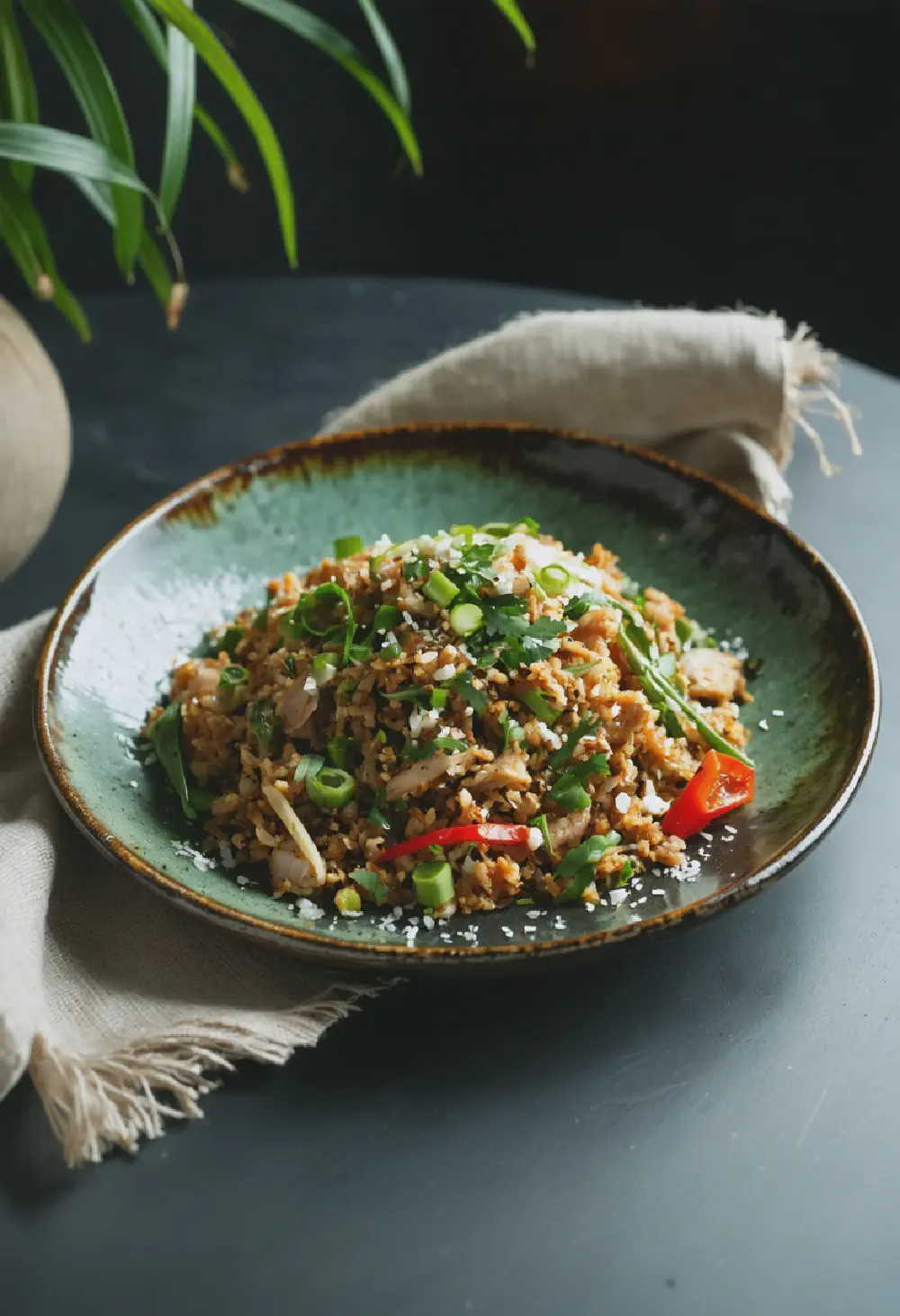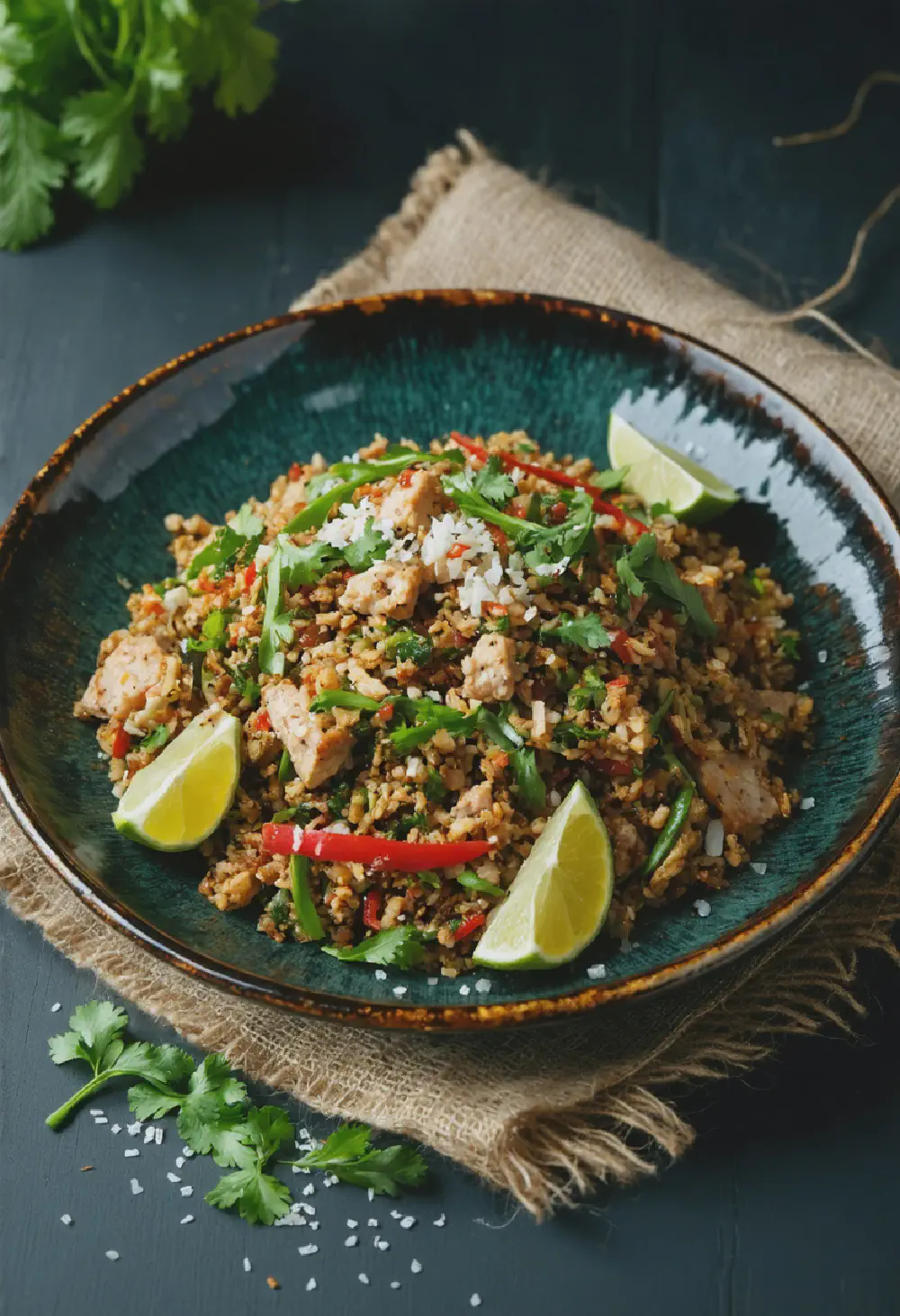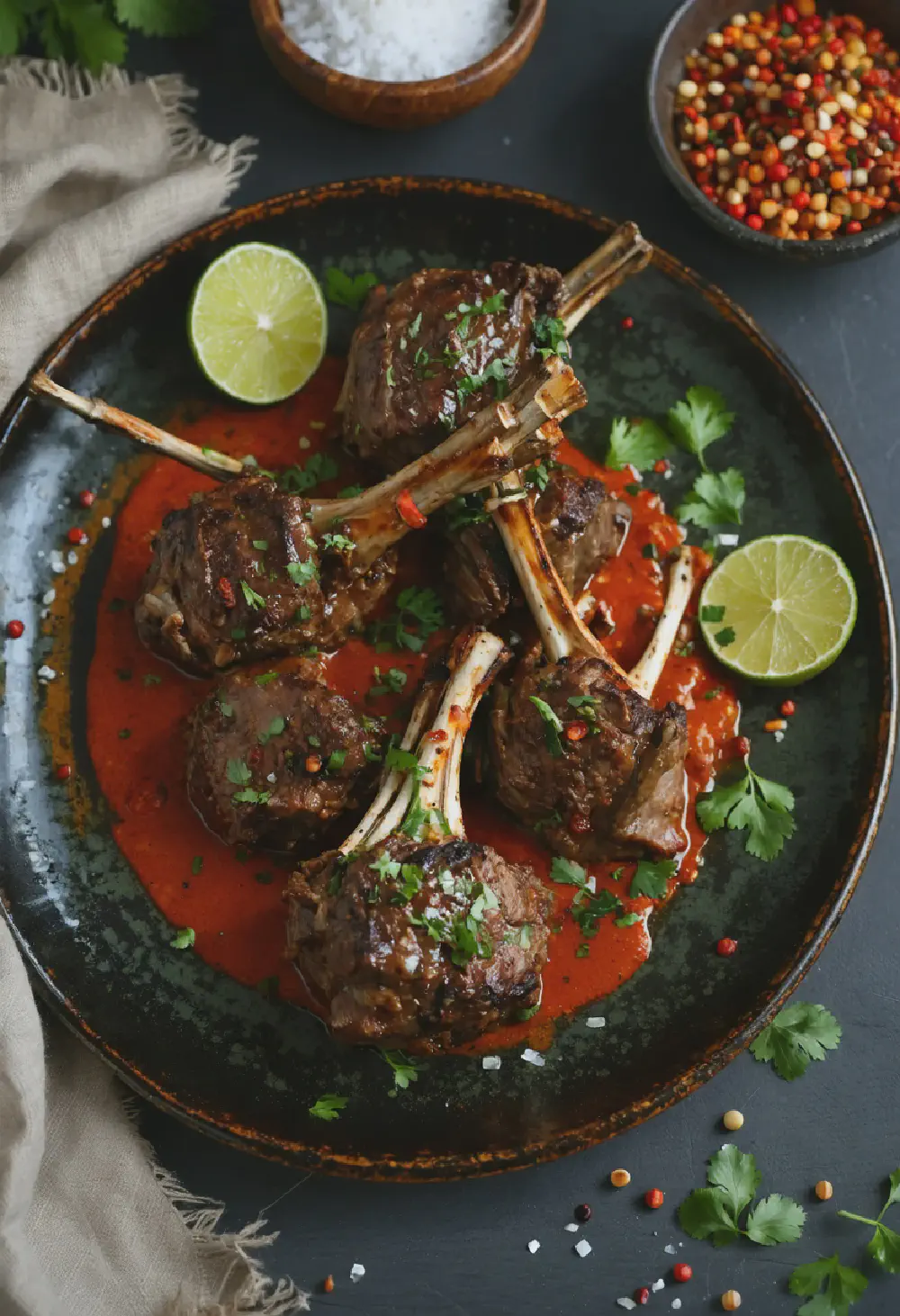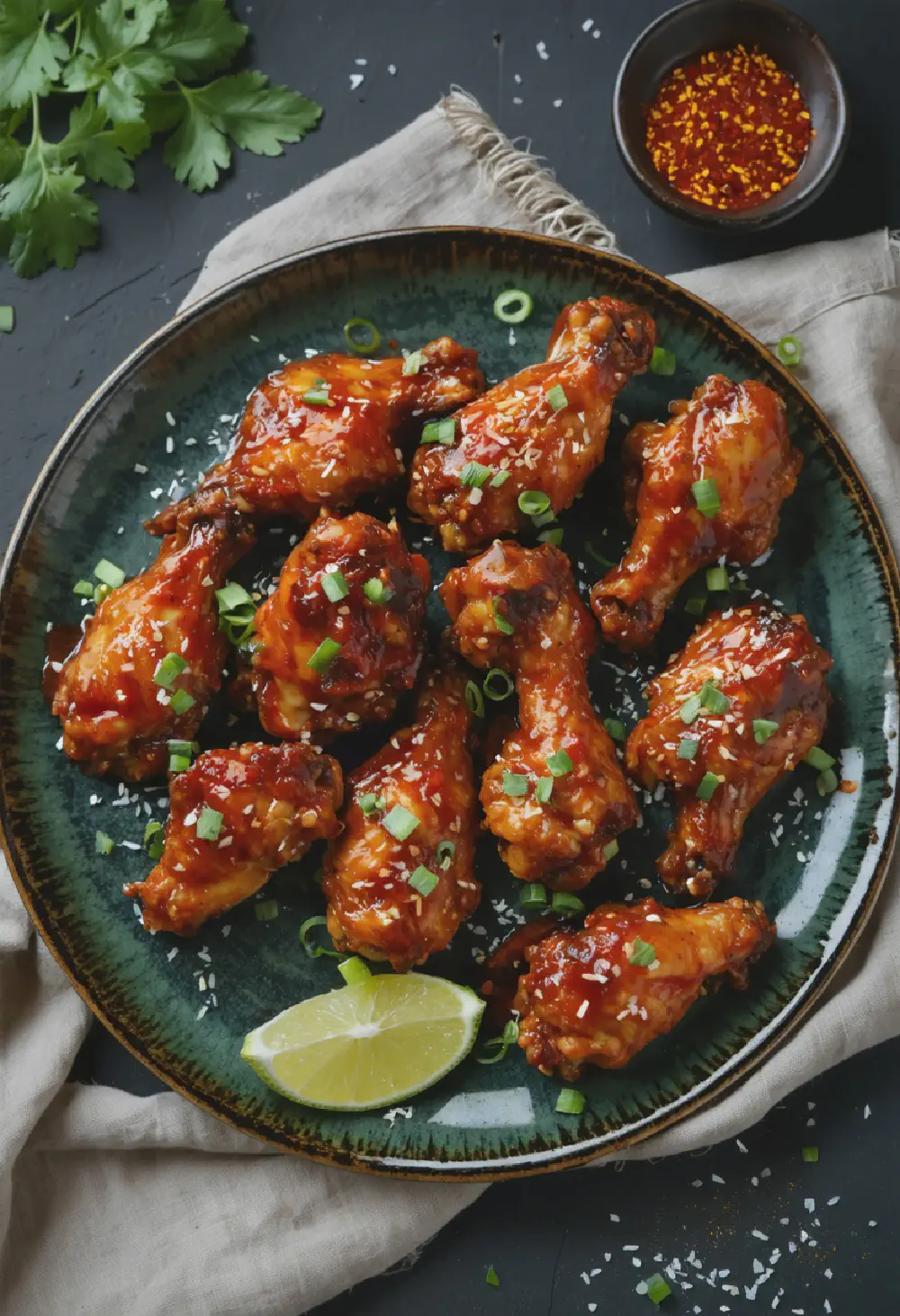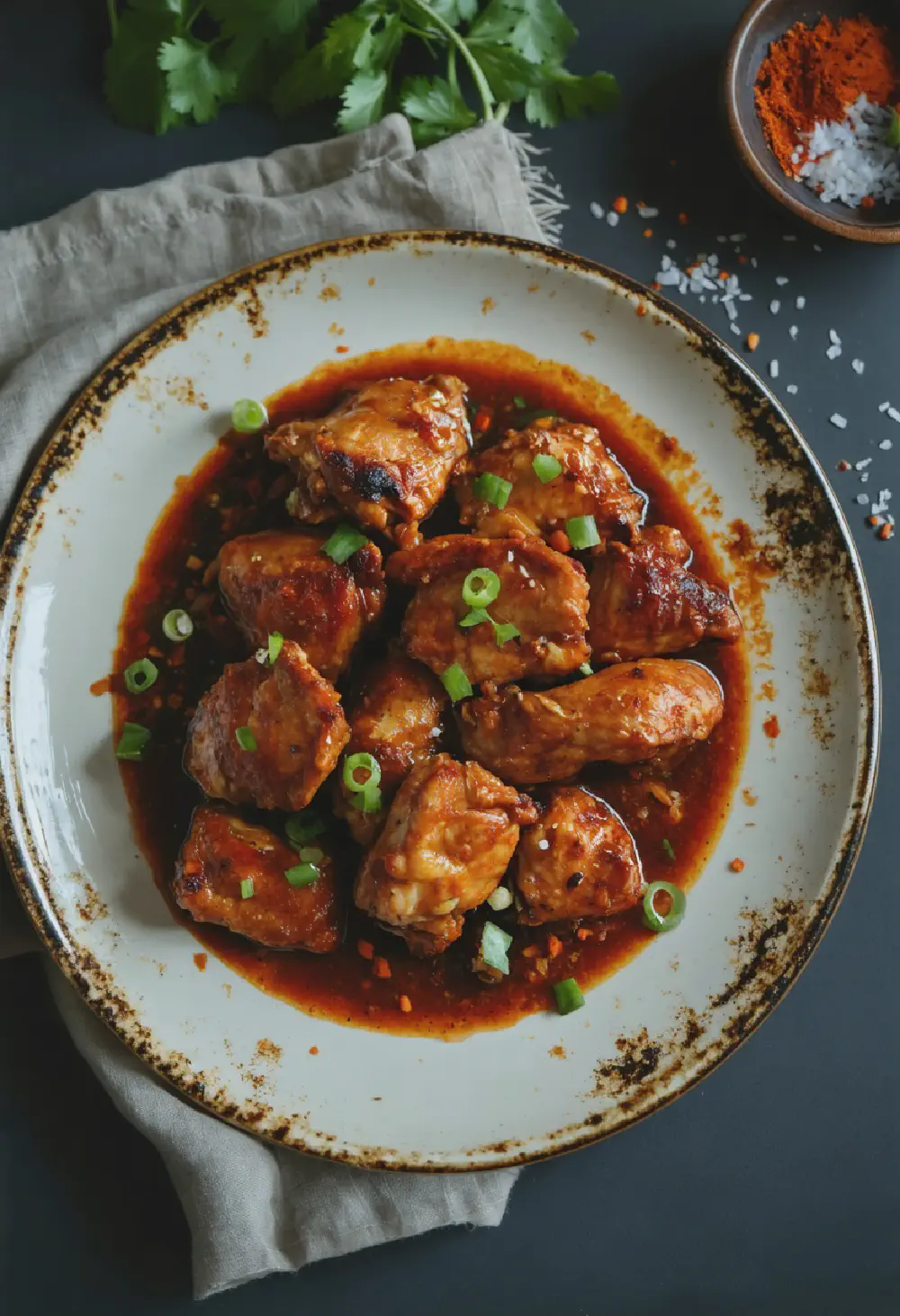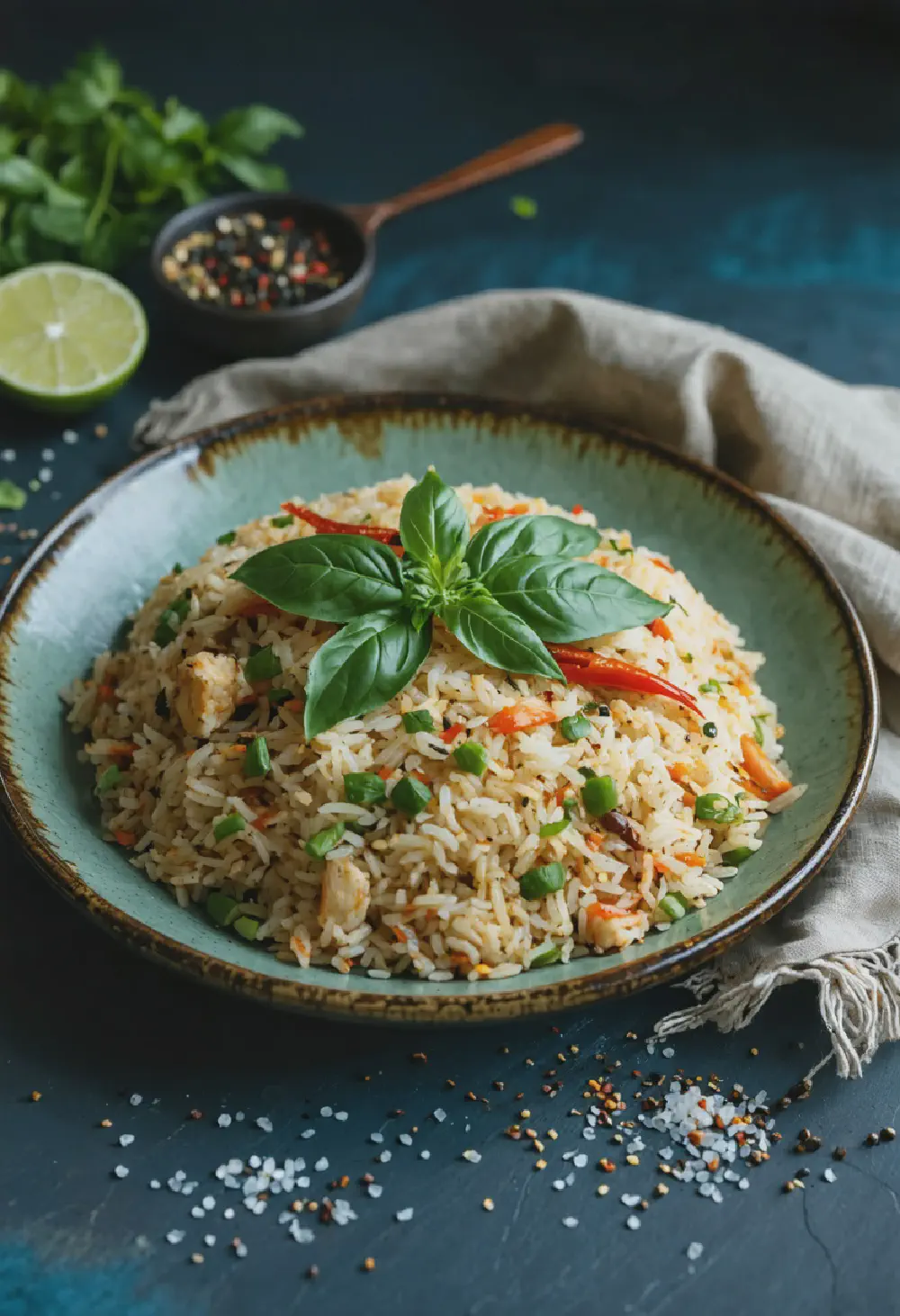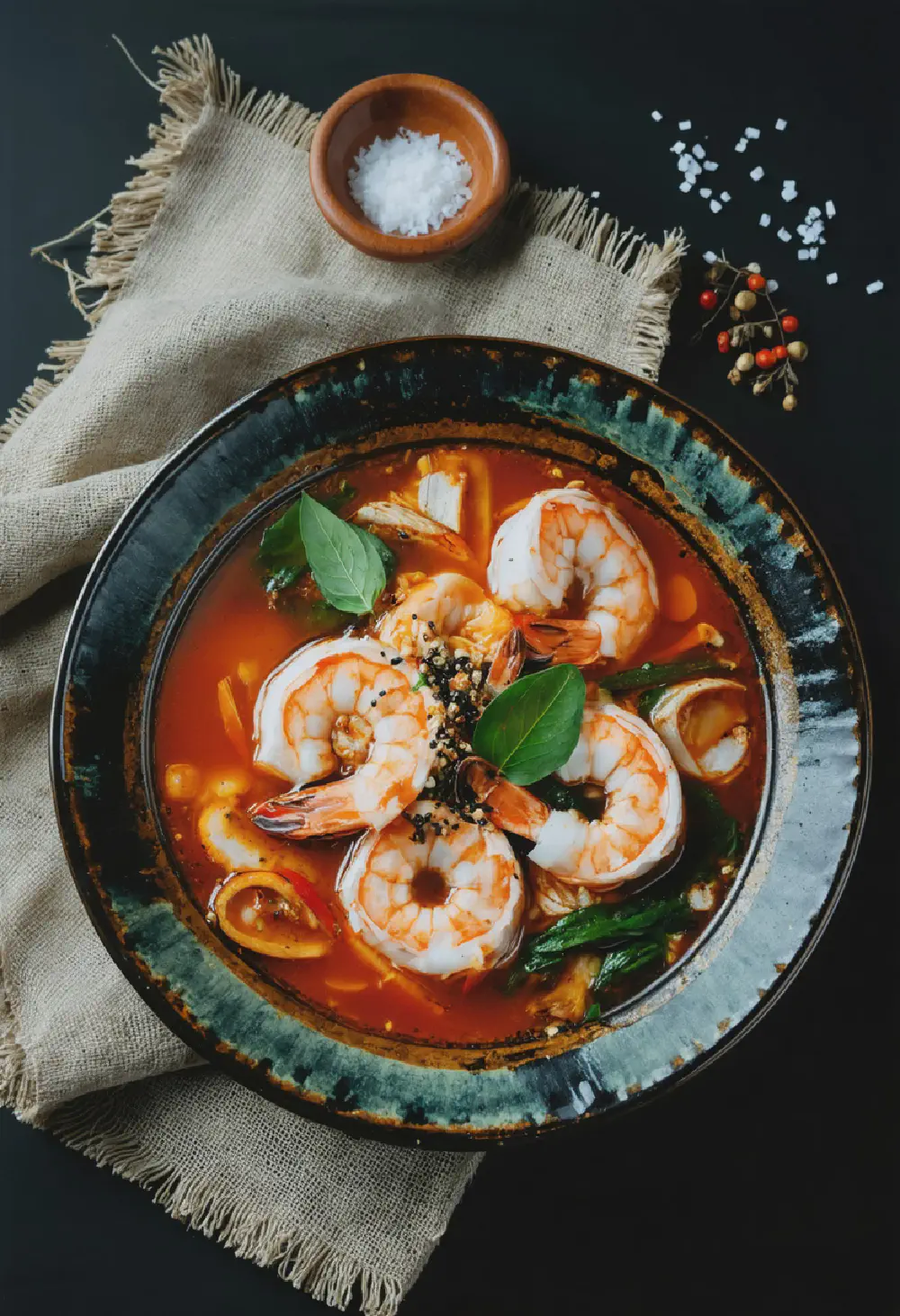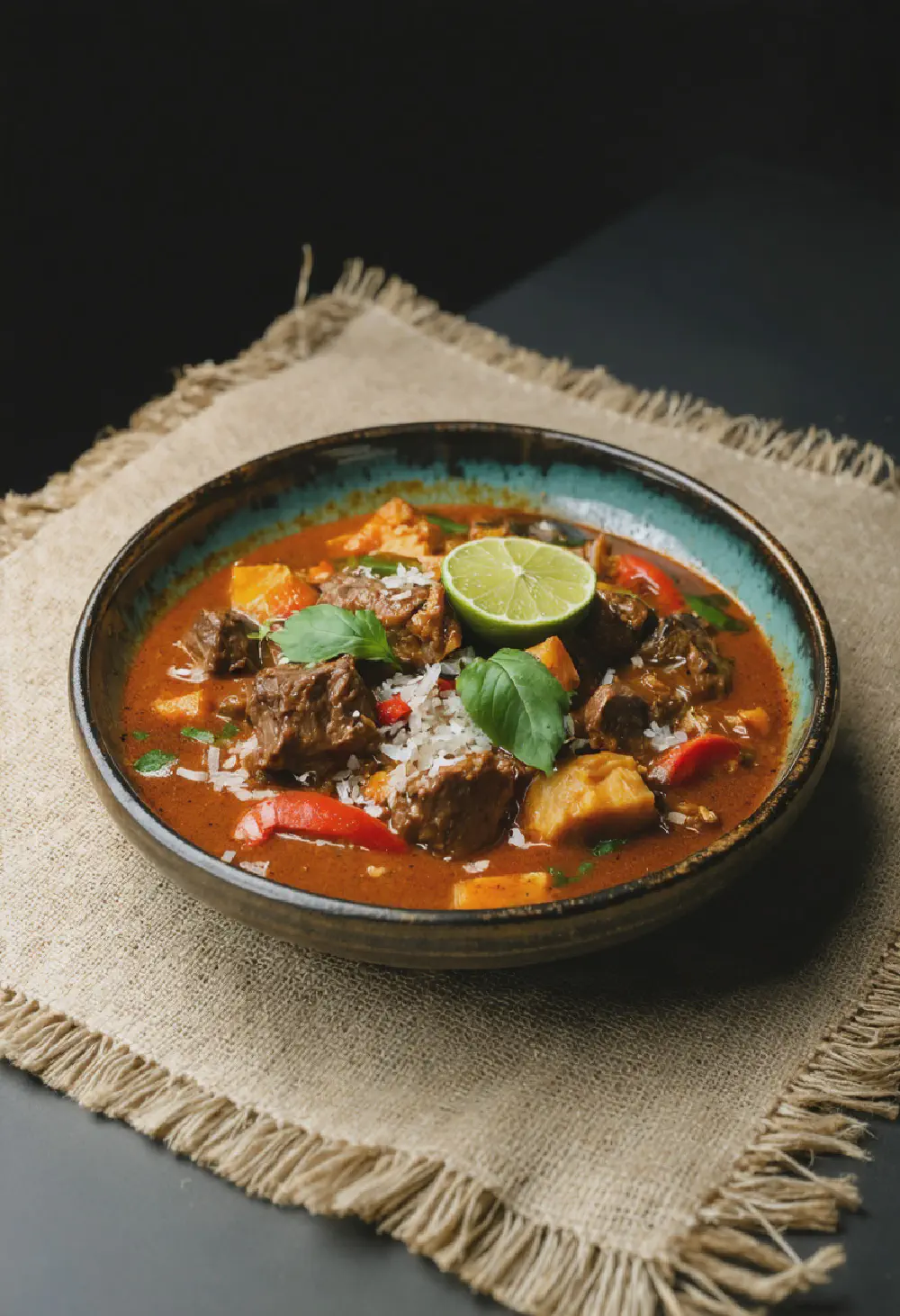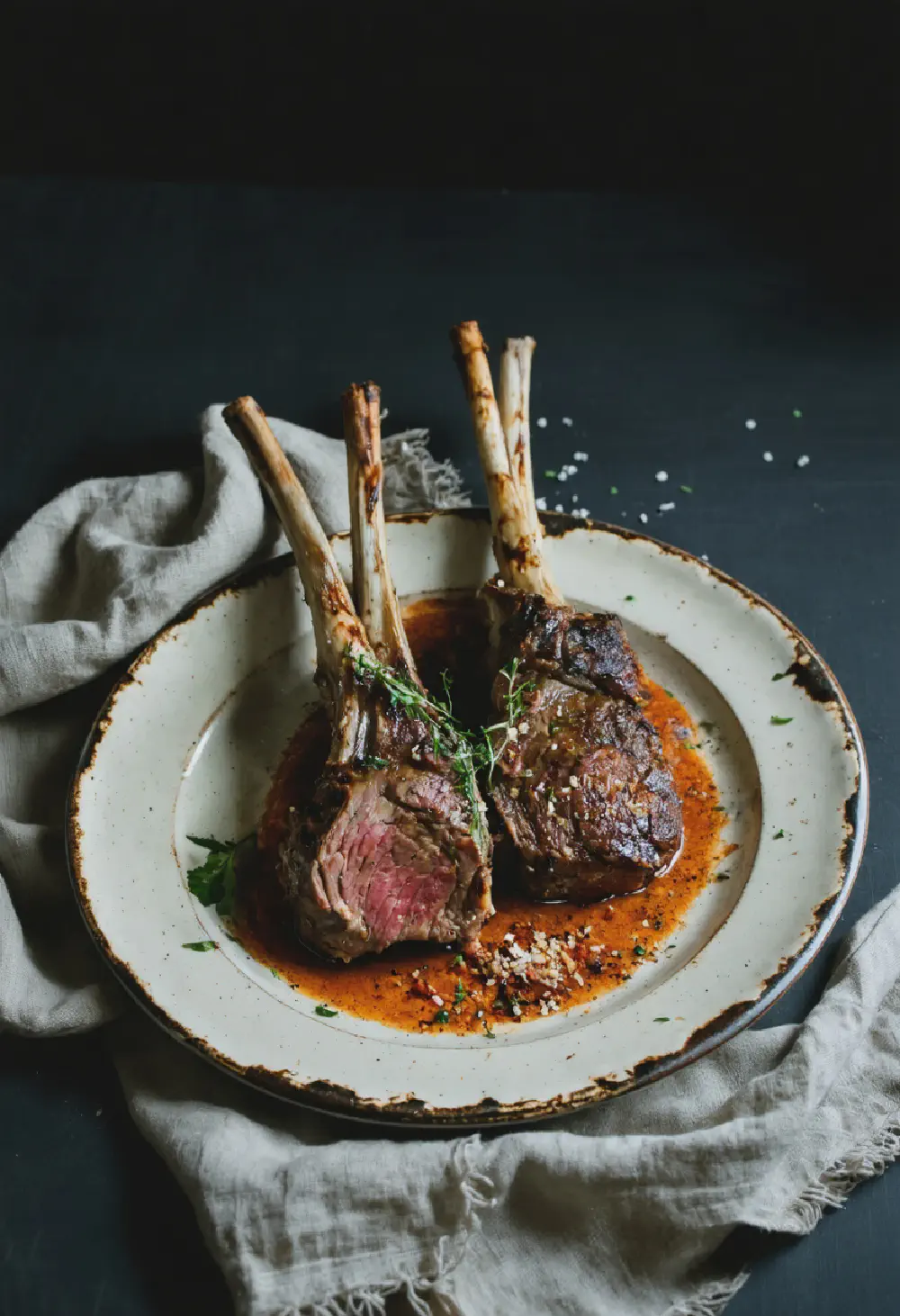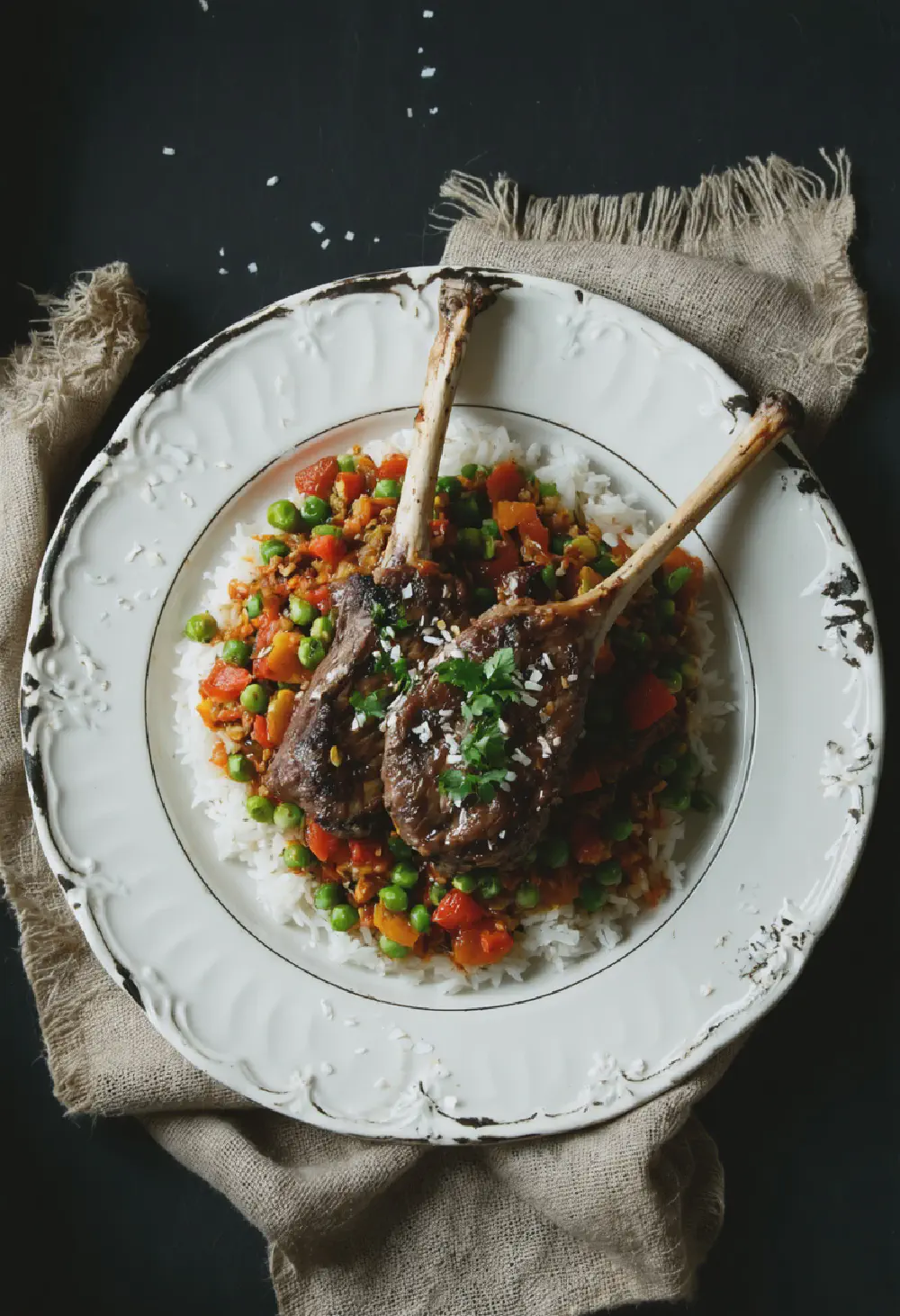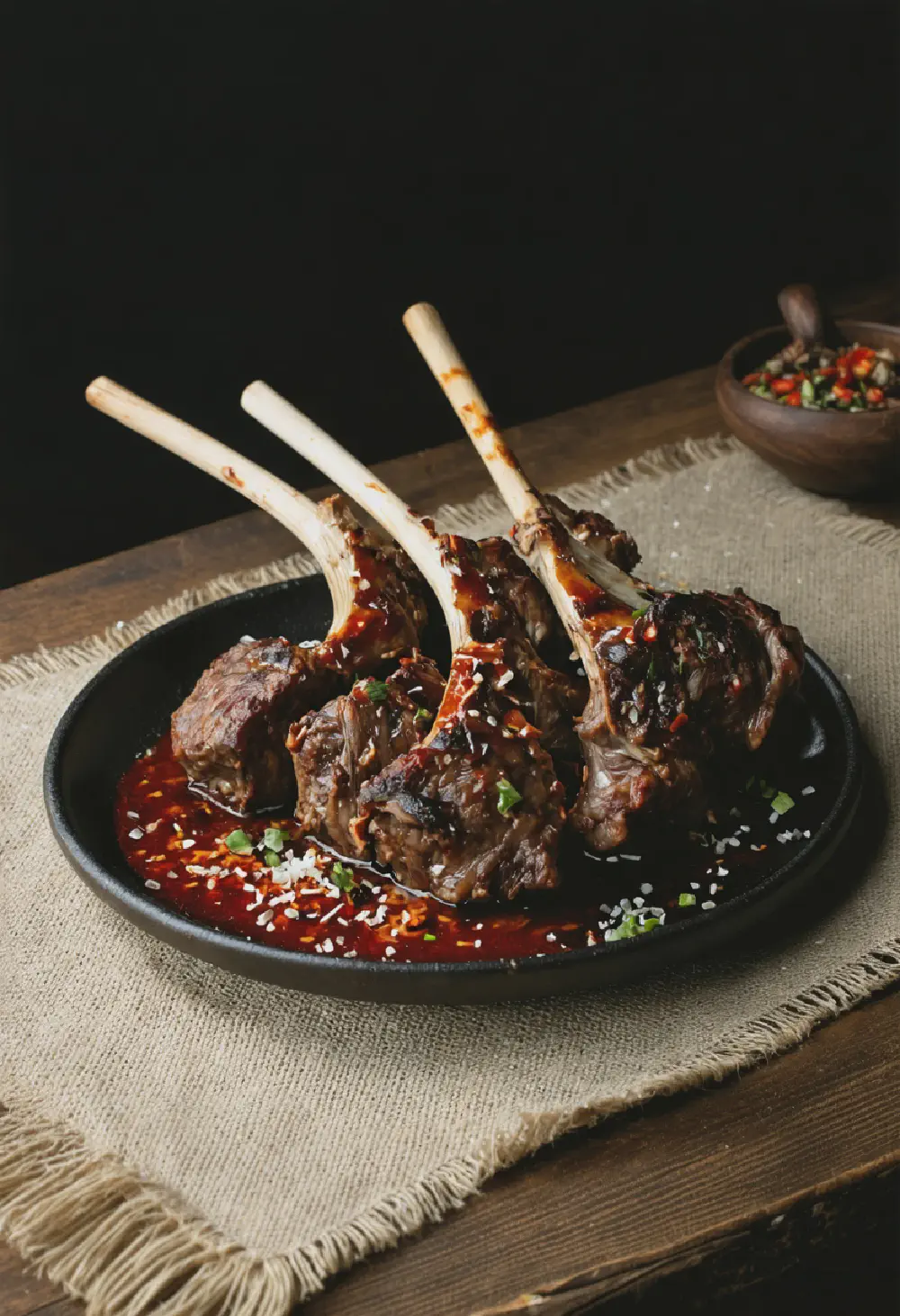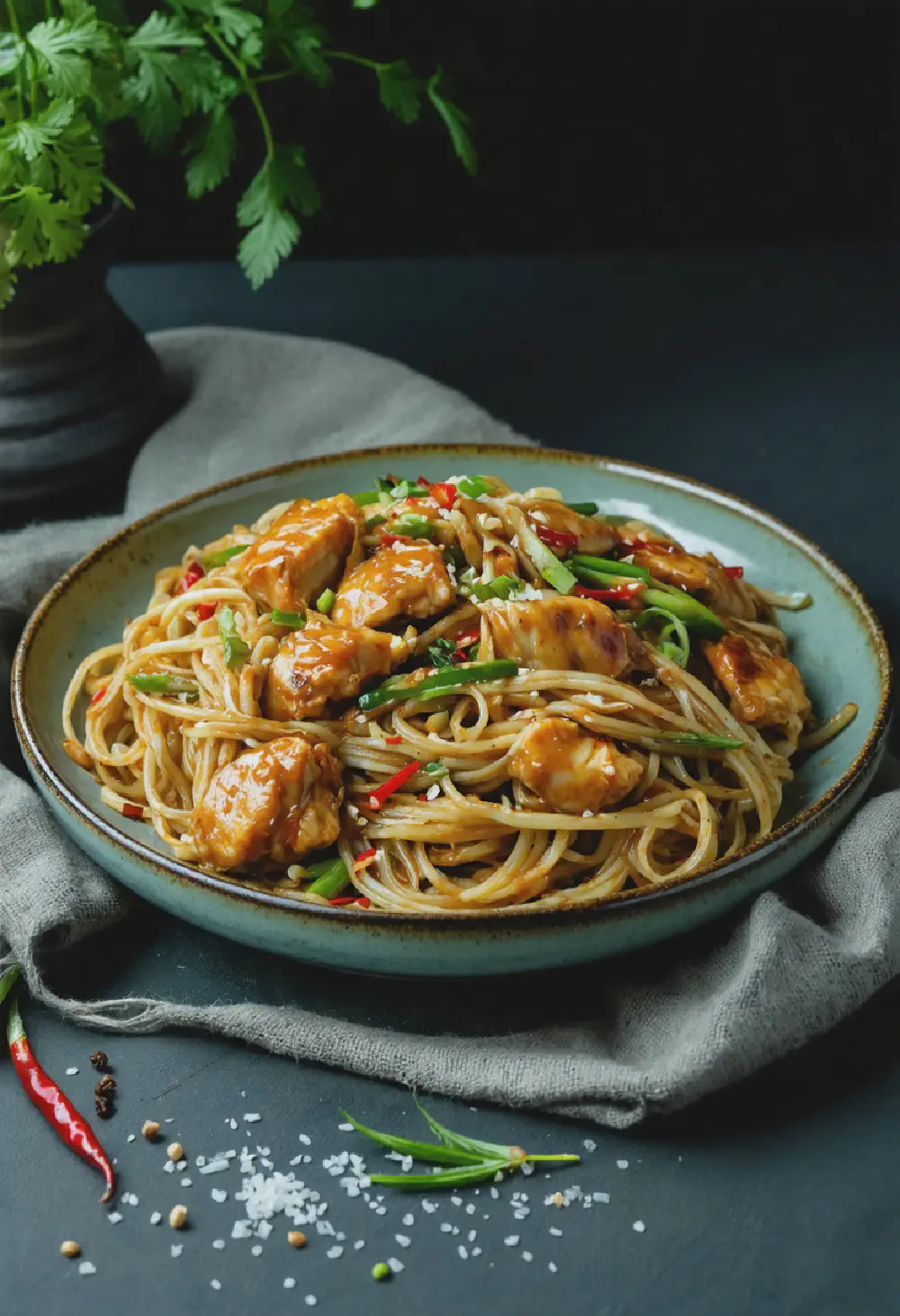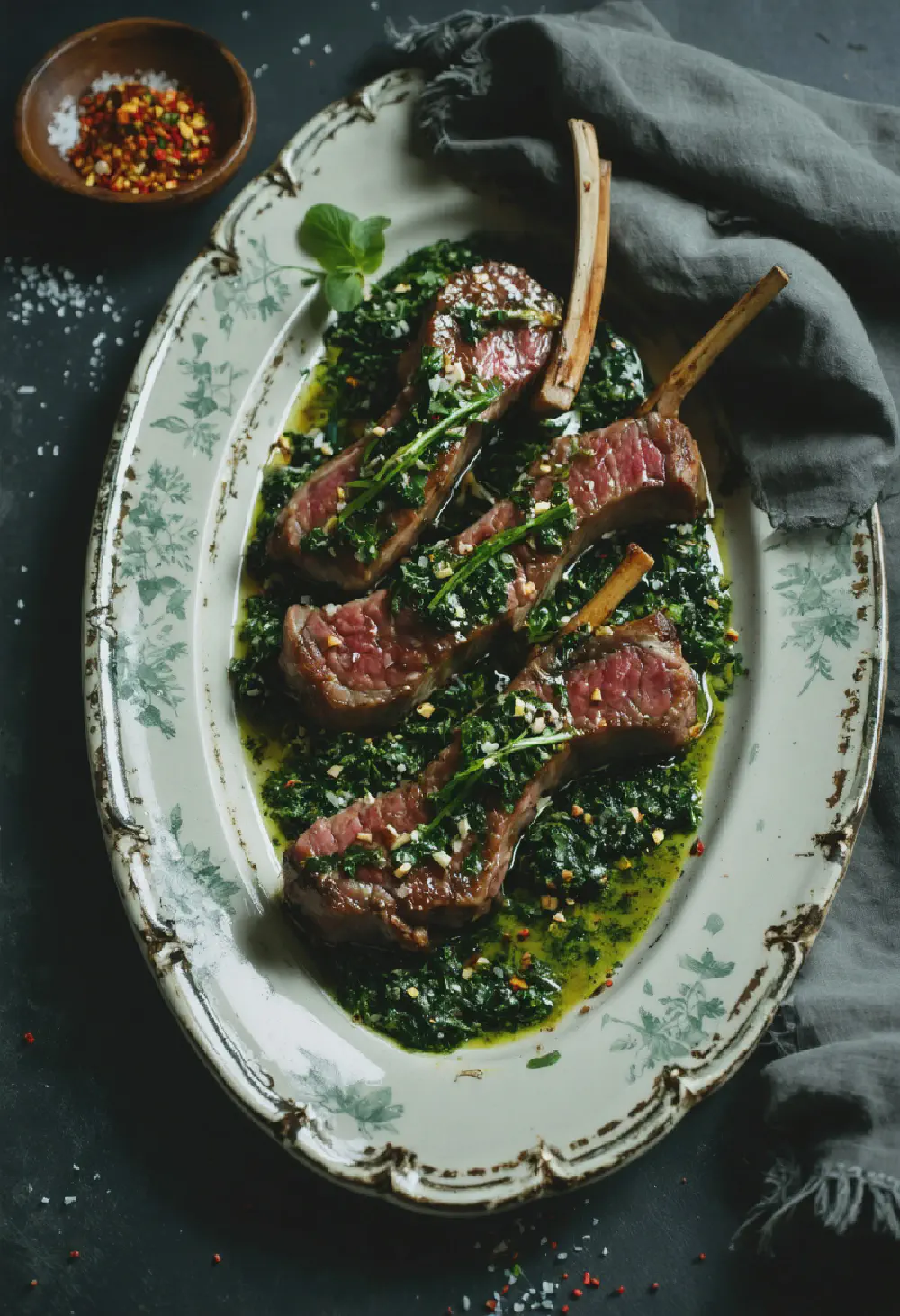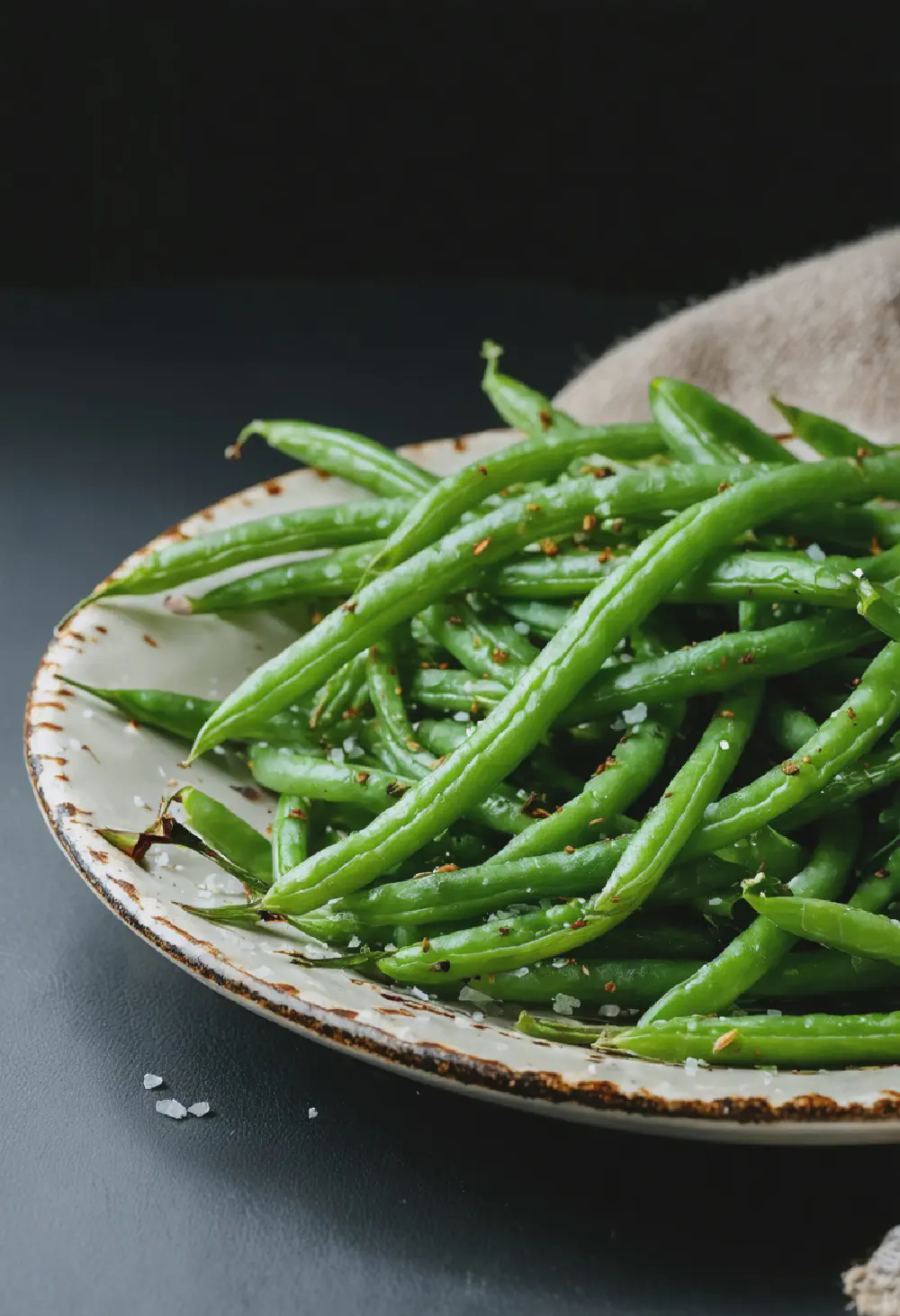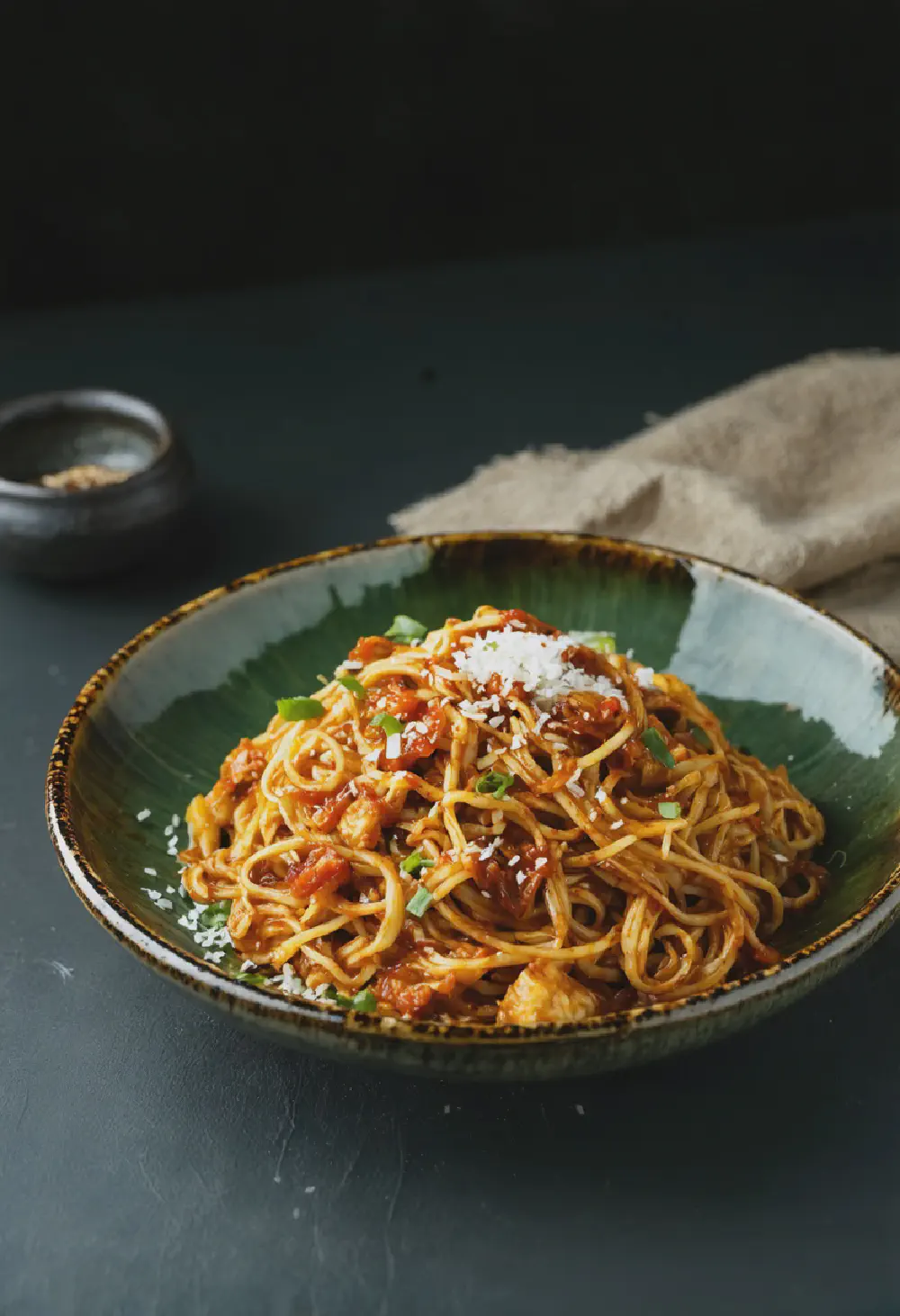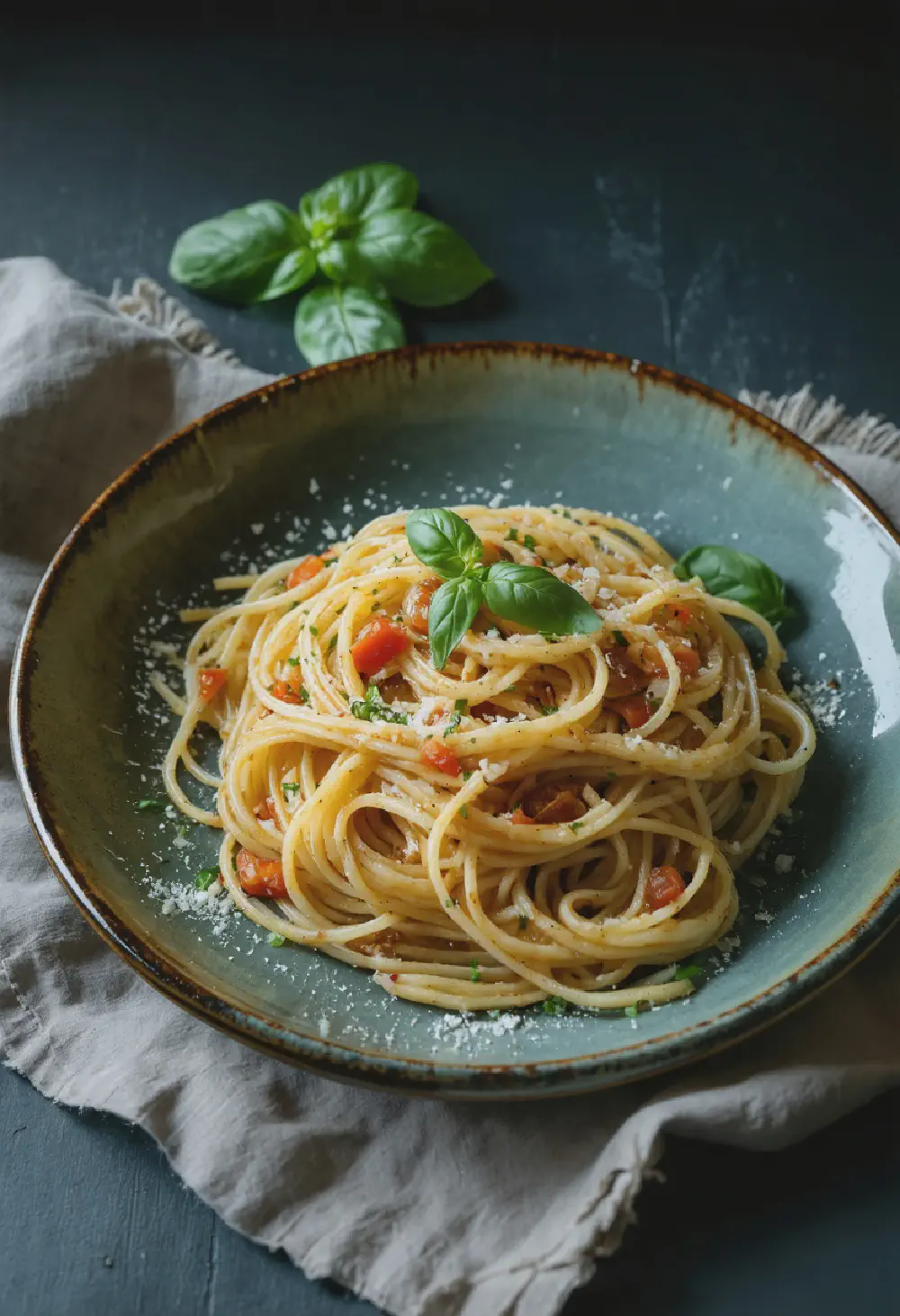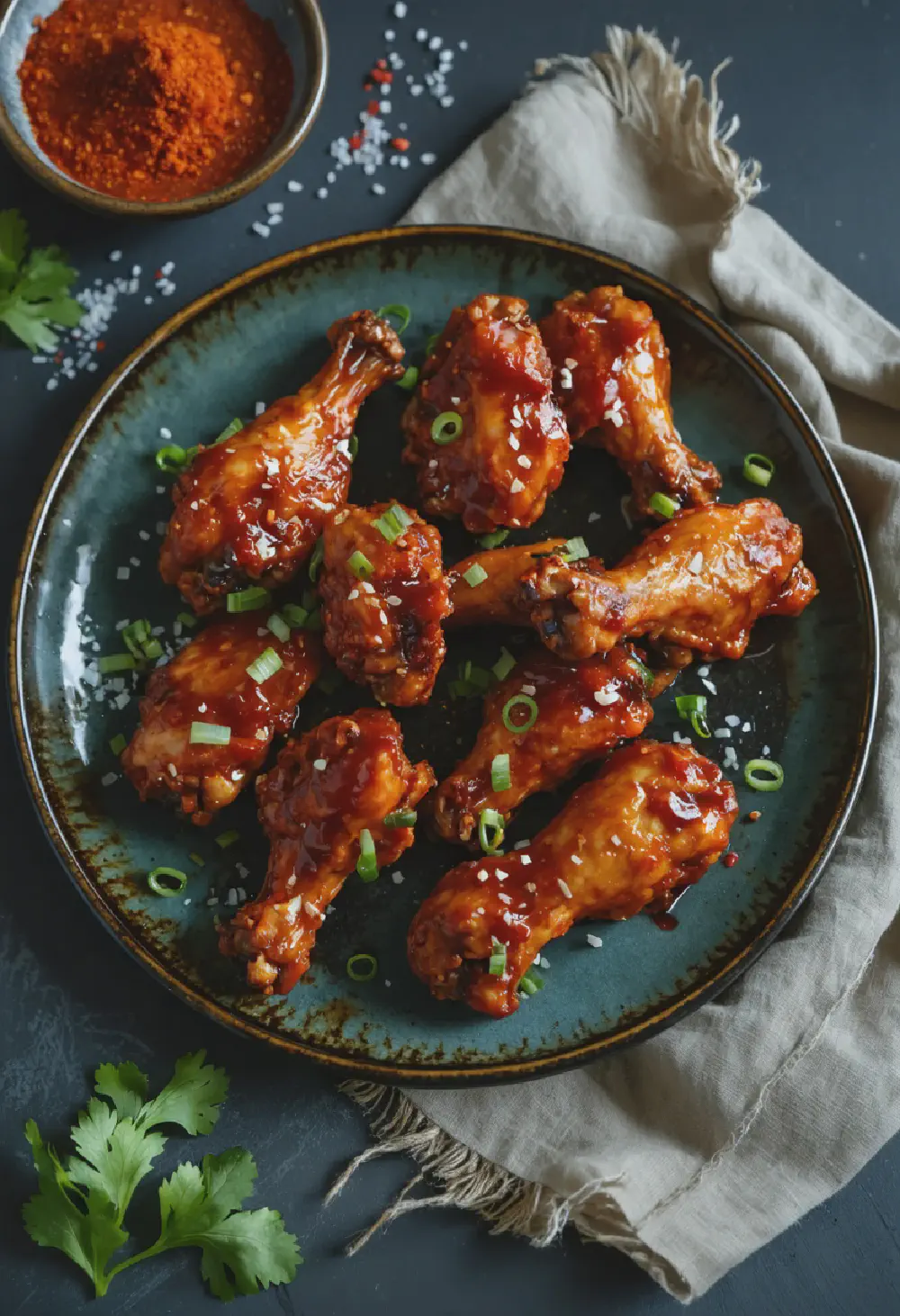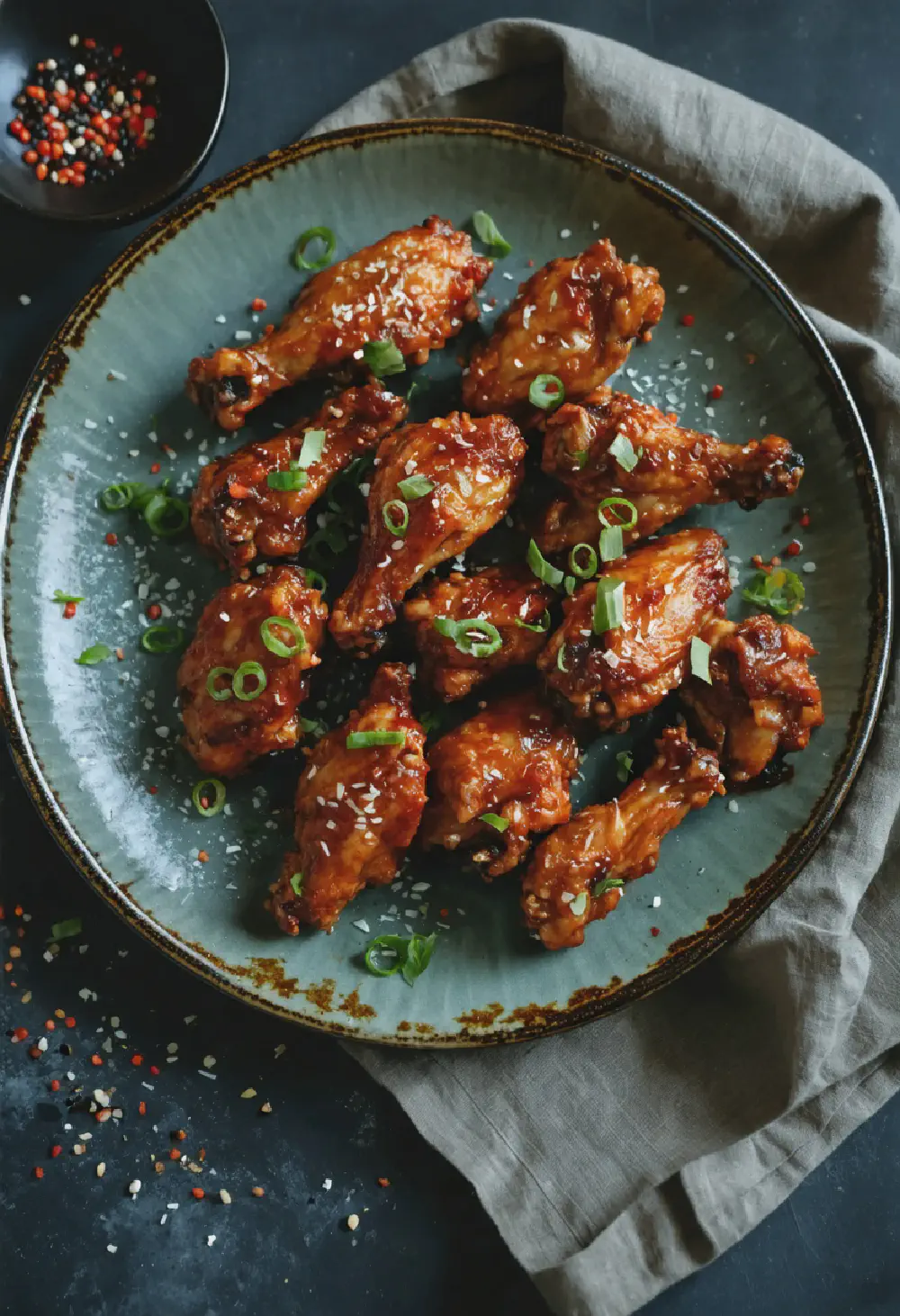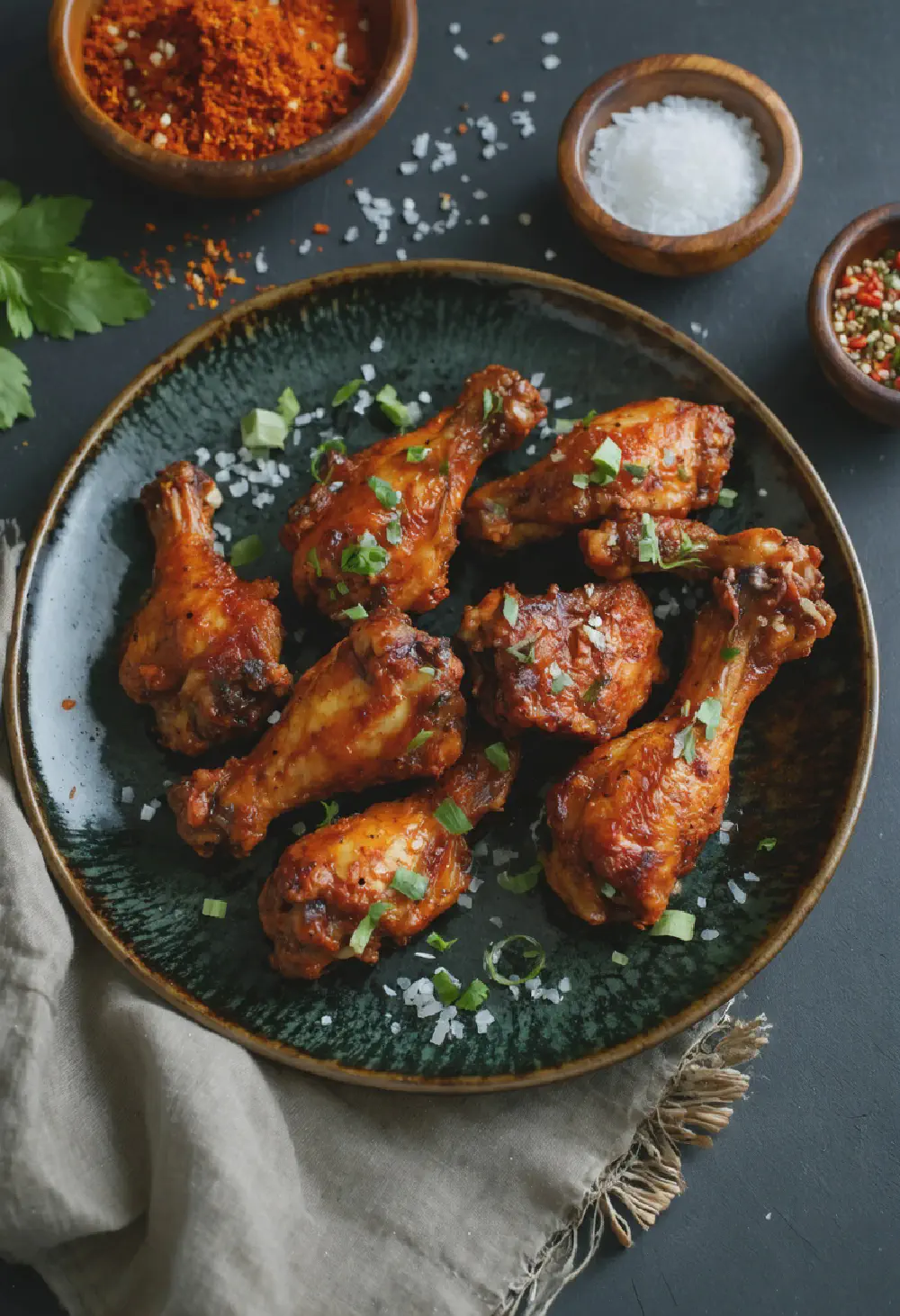Authentic Thai Larb
20M
30M
- Makes 4
- 1 lb ground chicken or pork
- 2 tablespoons uncooked sticky rice
- 2 tablespoons fish sauce
- 2 tablespoons lime juice
- 1 tablespoon palm sugar or brown sugar
- 2-3 Thai chilies, finely chopped (adjust to taste)
- 2 shallots, thinly sliced
- 2 green onions, chopped
- 1/4 cup fresh mint leaves, roughly chopped
- 1/4 cup fresh cilantro, roughly chopped
- Lettuce leaves, for serving
- Toast the sticky rice in a dry skillet over medium heat until golden brown, about 5 minutes. Let it cool, then grind into a coarse powder using a mortar and pestle or a spice grinder.
- In a skillet over medium heat, cook the ground chicken or pork until fully cooked and no longer pink, breaking it apart with a spatula as it cooks.
- Remove the meat from heat and stir in the fish sauce, lime juice, and palm sugar until well combined.
- Add the ground toasted rice, Thai chilies, shallots, green onions, mint, and cilantro to the meat mixture. Mix well to combine all ingredients.
- Serve the larb warm or at room temperature, spooned into lettuce leaves for a refreshing and authentic Thai meal.
Authentic Thai Larb: A Journey Through History, Taste, and Culture
History
The origins of Authentic Thai Larb trace back to the northeastern region of Thailand, known as Isan, which shares a border with Laos. The dish has deep roots in the culinary traditions of both countries, with historical evidence suggesting that Larb was first mentioned in ancient texts from the Lan Xang Kingdom, which existed from the 14th to the 18th century. Over time, Larb has evolved, incorporating local ingredients and flavors, yet it remains a beloved dish that symbolizes the rich heritage of Thai cuisine. The name “Larb” itself is derived from the Lao word “laap,” meaning “to chop,” reflecting the traditional method of preparing the meat.
Taste Profile
Authentic Thai Larb is celebrated for its vibrant and complex taste profile, which perfectly encapsulates the essence of Thai flavors. The dish is a harmonious blend of spicy, sour, and savory elements, achieved through the use of fresh herbs like mint and cilantro, fiery chilies, tangy lime juice, and fish sauce. The heat from the chilies is balanced by the citrusy zing of lime, while the fish sauce adds a deep, umami richness. This combination creates a refreshing yet bold flavor that is both invigorating and satisfying, making Larb a standout dish in Thai cuisine.
Cultural Significance
In Thai culture, Authentic Thai Larb holds a special place, often served during social gatherings and celebrations. It is a dish that brings people together, reflecting the communal nature of Thai dining. Larb is commonly enjoyed with sticky rice and fresh vegetables, emphasizing the importance of balance and variety in Thai meals. The dish also plays a significant role in traditional ceremonies and festivals, symbolizing prosperity and good fortune. Its presence on the table is a nod to the rich culinary heritage of Thailand, showcasing the country’s ability to create dishes that are both delicious and deeply meaningful.
